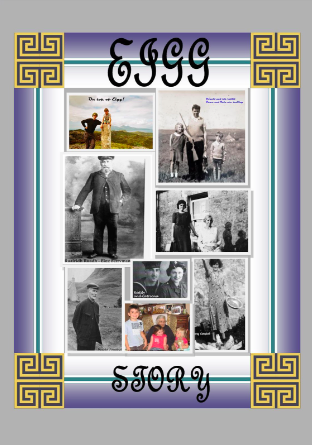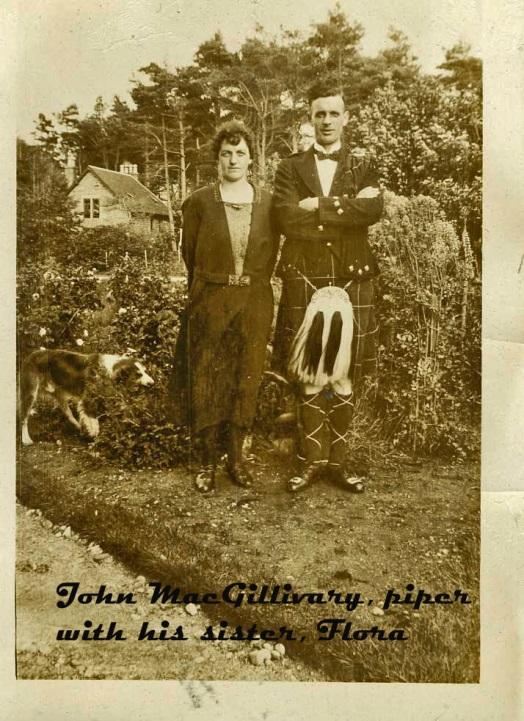
This book, Eigg and Its People, includes a number of semi-fictional stories especially pertaining to our family history. Amongst other terms I have used is: “historical scenario – semi-fictional documentary.” I propose that this is an innovative contribution to genres. Of course, strictly speaking, this is not a new genre; there are many ‘historical novels’, such as Sir Walter Scott’s “Rob Roy”. But my stories tend to be more freely adapted – although not quite in the manner of Angela Carter’s ‘magic realism’, such as in her short story, “Bluebeard”.
In other words, my stories have their basis in documentary realism, with, admittedly, a few side-steps. Scott was perhaps mainly concerned, in his Waverley novels, with showing historical processes. Carter, on the other hand, was perhaps concerned with examining prejudices within the predominant culture, especially, prejudices against women. My aim is much less substantial. The aim is to ‘give some life’ to my descendants who have been more or less ‘forgotten’, at least in written accounts.
It’s no easy feat to construct a story about my grandmother, Morag, based on sparse oral and written sources. No doubt, if any members of my extended family ever get around to reading these stories, they will no doubt say, “I’ve missed the point”, or “misunderstood everything”. But it is not my aim either – to present a ‘real’ story. The aim is more directed to asking, “Who were these people?” In this context, I would like to refer briefly to Seamus Heaney’s poem, “Punishment”.
I can feel the tug
of the halter at the nape
of her neck, the wind
on her naked front.
The inspiration for the poem came after Heaney read the book “The Bog People” by P.V. Glob. The book was an archaeological study of bodies that were preserved in the bogs of Northern Europe. The poem describes how he imagines the woman (found in the bog) might have looked just prior to her execution for adultery.
In other words, it was believed at the time to be a young woman who had been ritualistically killed. The body has since been found to be a teenage boy. Does this mean that Heaney’s poem is defunct? In one sense yes, in another sense no.
In other words, I accept the fact that my ‘stories’ might ‘miss the point’, but the stories can be viewed as possible ‘hypotheses’. Let’s face it – there is no ‘definitive’ story of a person’s life.
For our first semi-fictional story, let’s begin with The Tale of Morag.
There are also shorter stories to follow:
- “Strange Love”, an alternative version of The Tale of Morag
- “Cliffhanger” about Morag’s son, Ewen, who met his demise in the search for the fachach (the shearwater birds)
- “Mary and the Berries” about Morag’s daughter, Mary, who met her demise eating poisoned berries.
- “Siobhan’s Baby”
- “Morag Goes to Glasgow”
- “The Nasty Boys of the Isle of Eigg” (included in Part III).

